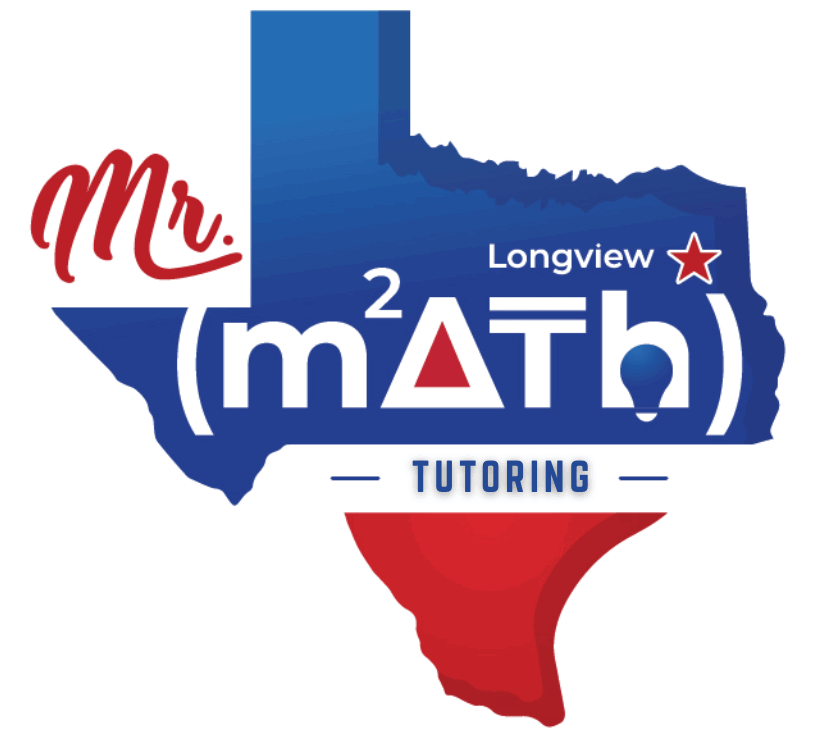Currently Empty: $0.00
About Course
This intensive, modular course is designed to equip students with the core mathematical skills and reasoning strategies required to excel on the Texas Success Initiative (TSI) Math exam. Through four focused units—Quantitative Reasoning, Algebraic Reasoning, Geometric & Spatial Reasoning, and Probabilistic & Statistical Reasoning—learners will build a deep conceptual understanding, develop problem-solving agility, and gain confidence applying math to real-world contexts. Each unit begins with a contextual overview of why these skills matter on the TSI and beyond, and breaks down the essential subtopics into clear, manageable lessons packed with practice opportunities, worked examples, and application scenarios. By the end of this course, students will not only be prepared to tackle every question type on the TSI Math test but also leave with strengthened analytical skills that serve as a foundation for college-level math.
Course Content
1. Quantitative Reasoning
-
1.1 Ratios, Rates & Proportions
-
1.2 Percents & Applications
-
1.3 Linear Expressions & Equations
-
1.4 Unit Conversions & Slope Interpretation




